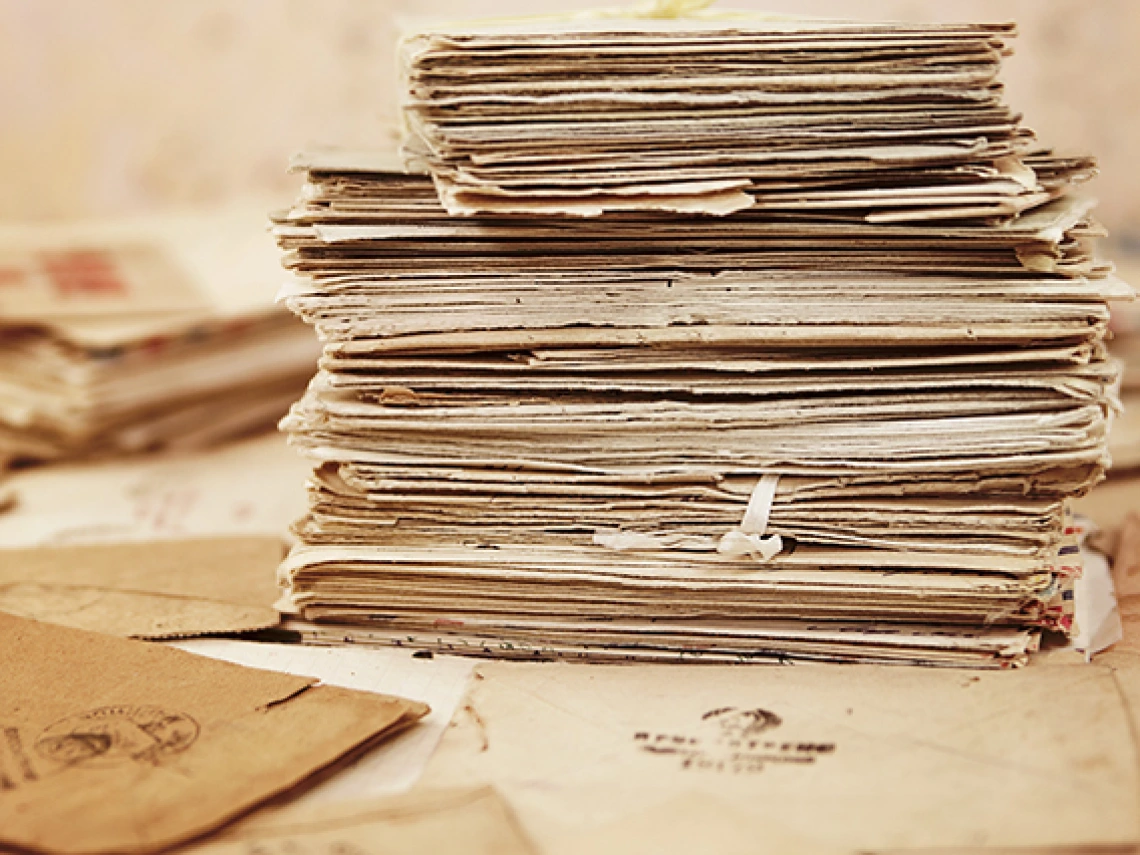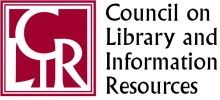New Grant to Support Preservation of Records Used to Secure Navajo Nation Water Rights

On November 7, 2024, the Council on Library & Information Resources (CLIR) announced the award of a $300,000 grant to a library preservation collaboration between the Navajo Nation Department of Water Resources (NNDWR), Daniel F. Cracchiolo Law Library at the University of Arizona James E. Rogers College of Law, Agnese Nelms Haury Program in Environmental and Social Justice at the University of Arizona and LLMC as part of CLIR’s Digitizing Hidden Special Collections and Archives: Amplifying Unheard Voices grant program.
Now in its fifth year, the Navajo Nation Department of Water Resources Library Preservation Project (NNDWRLPP) is digitizing 8,250 print resources from the NNDWR library. Over the next three years, the grant will enable the project to digitize a total of approximately 1,500 documents, which represents around 10% of the collection.
Digitizing Hidden Special Collections and Archives: Amplifying Unheard Voices is a grant competition administered by CLIR and supported by the Andrew W. Mellon Foundation to support efforts to preserve materials that deepen public understanding of the histories of people of color and others with work, experiences and perspectives that have been insufficiently recognized.
Documents in danger
In recent years, water rights have been headline news as climate change has made water resources more scarce. This problem is acute on the Navajo Reservation, where reports state that 30% of homes lack running water. In 2023, the United States Supreme Court ruled against the Navajo Nation’s position that the U.S. has an obligation under the 1868 treaty establishing the Navajo Reservation to assess Navajo water needs and develop a plan to meet them. Since then, the Navajo Nation and other tribes have continued to press for settlement of water rights issues, including in pending legislation before the U.S. Senate.
But even as the Navajo Nation fought to provide reservation residents with safe and accessible water, the documents to help make its case were in jeopardy. Thousands of hard copy documents like maps, water access records, and historical documentation were housed in a building that was in ill repair and in danger of flooding. In addition, pandemic shutdowns cut off access to non-digitized records in 2020.
The Haury Program seeks to develop innovative and practical solutions to environmental and resilience challenges. According to the Haury Program’s Assistant Director, Nancy Petersen, the importance of promoting water access and quality became clear through a series of listening sessions in 2020.
Through that process, the Haury Program became aware of the trove of records and brought them to the attention of the Cracchiolo Law Library. Following talks with tribal leaders about the best way to preserve and digitize the collection, the NNDWRLPP was born. The project began by transporting the collection to the library and categorizing them. Not long after the documents were moved to the law library, the roof caved in on the building where they had previously been kept.
“Preserving this collection digitally will enable the information to be shared to a wider audience. It will also ensure the newer generations will be able to access the historic information and studies to make more sound decisions pertaining to water on the Navajo Nation,” says Maurice Upshaw, NNDWR’s Geographic Information System Supervisor. “The main beneficiary is the Navajo People and all people living in or near the Navajo Reservation.”
A marathon, not a sprint
According to Cracchiolo Law Library Head of Collections and NNDWRLPP Project Manager Jessica Ugstad, the process of digitizing and categorizing the documents in accordance with established standards will cost around $3 million and take about a decade to complete.
“It’s a marathon, not a sprint. These are very long projects that are very labor intensive,” notes Associate Dean and Director of the Cracchiolo Law Library Teresa Miguel-Stearns. “They require patience. They require respect for Tribal sovereignty, for Indigenous data sovereignty.”
LLMC is a nonprofit that supports libraries and other institutions in preservation of and digital access to legal and historical documents. According to LLMC Executive Director Patrick Butler, LLMC offers scanning, metadata management and expertise in handling legal and historical materials so that the documents remain accessible both to the Indigenous community and to researchers. Many of the documents in the project will be made publicly available for the first time on LLMC’s Open Access database.
“Water rights are often the subject of complex legal disputes involving multiple governments,” says Butler. “Preserving these records helps protect the legal history of water claims and supports future advocacy efforts for land and resource rights.”
A model partnership
In addition to the new grant, the collaboration has received financial support through various sources, including the Haury Program. The law library continues to seek financial support.
“It’s the first of its kind of project in the country,” notes Miguel-Stearns. “It can serve as a model for other institutions and partnerships.”
The project isn’t merely about preserving historic documents, though, Ugstad notes. She says of the NNDWR, “they use it for their day-to-day work. They use the general resources and the maps, and they’re still creating documents. … The goal is, whenever we’re done with the entire project, they can also input these newer documents.”
And those documents will continue to play a role in the Navajo Nation’s efforts to secure water rights. “Many Indigenous people say water is life,” says Petersen. “You can’t have health, you can’t have economic security, without access to water.”

About CLIR
The Council on Library and Information Resources (CLIR) is an independent, nonprofit organization that forges strategies to enhance research, teaching, and learning environments in collaboration with libraries, cultural institutions, and communities of higher learning. To learn more, visit www.clir.org and follow CLIR on Facebook and Twitter.
